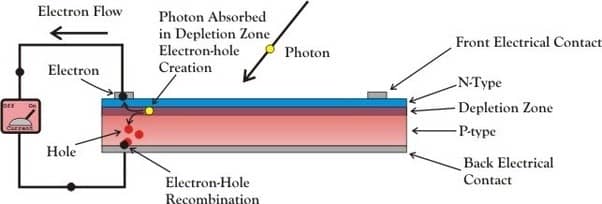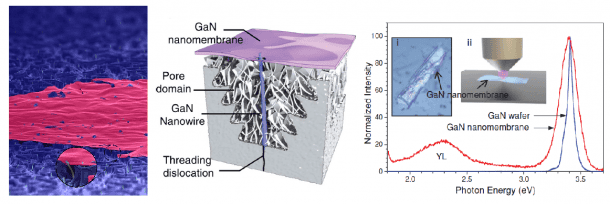A team of researchers from King Abdullah University of Science and Technology (KAUST) have developed a device which uses infrared radiations for power generation. The device will perform the generation by transitioning quadrillionth-of-a-second wave signals into useful electricity. The researchers have said that the infrared heat can be used 24 hours a day. Waste or infrared heat can be treated as high-frequency electromagnetic waves to achieve the target. Antennas are designed in the right way to collect waves and are sent to a rectifier. The rectifier is usually a semiconductor diode which converts alternating signals into an electric current.
Since infrared emissions have very small wavelengths, the KAUST researchers of the team said that putting these rectenna designs into practice was very difficult. Infrared emissions also require micro or nanoscale antennas which are also difficult to fabricate and test. The infrared waves oscillate faster than a typical semiconductor and can move electrons through its junction. The project leader Atif Shamim said, “There is no commercial diode in the world that can operate at such high frequency. That’s why we turned to quantum tunnelling.”

Energy creating from a renewable source is a very good alternative for generating sustainable and clean power. The conventional photovoltaic technology harvests energy from the visible range of spectrum only and leaves the infrared range completely untrapped. 80 percent of the radiation which comes from the sun is absorbed by the atmosphere and the earth surface. The same waves are then emitted again as mid-infrared radiation. IR is also emitted from other sources like metal heating, fluid heating, steam generation, heat treatment, and agglomeration. The temperature for these processes varies from 250 K to 1500 K and the corresponding wavelengths also vary in the mid-infrared.
Tunneling devices like metal-insulator-metal (MIM) diodes change infrared waves into the current by moving electrons through a small wall. MIM diodes can handle high-frequency signals on the order of femtoseconds since this barrier is only one nanometer thick. The researchers used a bow-tie shaped nano-antenna which was holding the insulator film between two metallic arms going over each other, this was creating the field that was needed for tunnelling. Gaurav Jayaswal, postdoctoral researcher said, “The most challenging part was the nanoscale overlap of the two antenna arms, which required very precise alignment. Nonetheless, by combining clever tricks with the advanced tools at KAUST’s nanofabrication facility we accomplished this step.”

The MIM diode can catch the infrared waves with zero applied voltage. It does so by choosing metals with different work functions. It’s a passive feature that switches the device on when needed. The bowtie was able to harvest energy from the radiation. No thermal effects were used to harvest the energy. The experiments with infrared were able to demonstrate the results. The researchers also said that this is just the beginning of the proof of a concept. There can be millions of such devices that can be used to boost the electricity generation and fight the power shortage overall.


